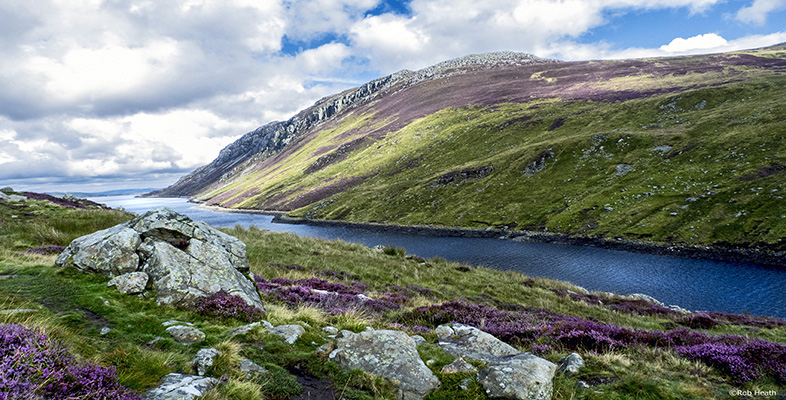1.8 Conflict and tension
The management of a site such as Aberdulais Falls by its very nature highlights conflicting interests and tensions. Some relate to problems caused by the decision-making process itself, which can be slow and has to accommodate a range of interests of the various client bodies.
For example, when a new information centre was to be built on the site, the client bodies involved in making decisions about its overall appearance, form and fabric were: the National Trust Planning Committee, the National Trust Archaeological Department, Cadw, the Historic Buildings representative, the Friends’ Association (they provided funds for the new building), and the local authority, all of whom might have had different ideas about how to proceed.
Other areas of conflict are due to the economics of maintaining the site. This demands high visitor numbers, but high visitor numbers pose problems for the site in terms of damage, running repairs, wear and tear, and visitor congestion, which all have cost implications.
There are a number of ways in which visitor numbers to a site such as this could be increased without causing congestion, but these are all in their own way controversial, for example:
increasing the space available to visitors
extending opening hours
restricting or rationing the time individuals or groups can remain on site.
Increasing the space available and encouraging more visitors would require more car parking, and more toilet and catering facilities. Extending the opening hours would require more staff. Both these options involve a difficult cost–benefit analysis. Rationing the time individuals or groups could remain on site would be difficult to police and would be counter to the ethos of the National Trust.
